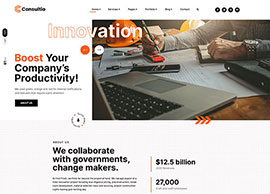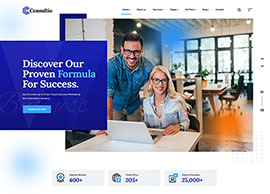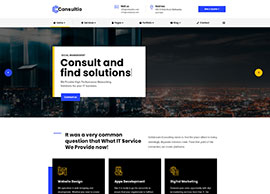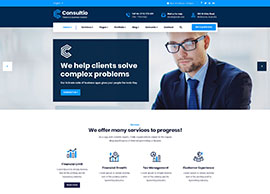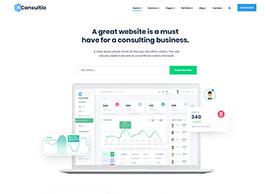It is the age old question that only a brave few have asked. But for those who have dared, which makes more sense: to use a Pressure Sealing System or a Folder and Inserter? The good news is there is no single right answer and it depends on what you are mailing. We will compare these systems based on the core attributes that differentiate them to help you make your decision easy. As always I have to state that I have no affiliation with any vendor in this space, but prior to starting Postal Advocate I did sell both of these types of systems and am very familiar with the items to consider.
Folder and Inserting Systems take sheets of paper and additional enclosures, fold and insert them into the envelope and then seal the contents closed. Pressures Sealing Systems take custom forms then fold and close the contents together (Through pressure or moisture), eliminating the need for a separate envelope. In order to compare these systems we will go through the items on the table below.
Speed
Comparable priced Pressure Sealers will be faster than Inserters because the machine does not have to slow down to ensure a proper fit into an envelope. As an example, you could find a 10,000 piece per hour sealer that costs less than $10,000 where a comparable priced inserter would only be able to process 2-3,000 pieces.
Flexibility
Hands down this goes to Folder and Inserting systems. The reason is because they can handle multiple size paper, inserts, envelopes and folds. These systems work great in a corporate mailroom or a production center where it is designed to handles jobs from different groups. The other important benefit is that inserters can handle multiple sheets of paper that is very important for invoices and statements that can have variable number of pages. This is compared to Pressure Sealing systems that are typically purchased for a specific single page application like checks.
Security
Both systems process very sensitive documents so they require different levels of integrity. This is easiest with Pressure Sealers because they are only folding one piece at a time vs. inserters that have multiple items that could cause issues. All systems will have piece counters to ensure the proper number of completed pieces. Inserters and high end sealers will have more elaborate security features such as double document detection, barcode/omr scanning, exit scanning (inserters) and fault sensors (Pressure Sealers).
Ease of Use
Most pressure sealing systems will be easier to use because they are doing fewer functions requiring less job set up and will typically only be doing one or a few applications. Because inserters handle a wide range of paper, envelopes, inserts and folds there are more things to adjust. Most inserters can store 10 or more preset jobs to make doing repeated applications simple.
Size
Pressure sealers will be smaller than comparably priced inserters and most can sit easily on a counter. Inserters will be larger, may require their own tables and higher end systems could require custom room planning.
Equipment Price
Pressure Sealers will range from $5-100,000 with many units priced at the low end of the spectrum. Inserters will range from $4,000-500,000. Most tabletop inserting systems that you would find in non-production applications cost between $4-80,000. The big difference is if we were to purchase a system to handle a specific volume of mail, most likely the Pressure Sealer would be less expensive.
Form Price
Here is where you need to make a cost comparison because the forms costs for Pressure Sealers can be expensive, ranging from $.03-.50 each based on the complexity of the form and the quantity ordered. Let’s say you are sending out 20,000 checks per month and deciding between an $8,000 Pressure Sealer or a $20,000 Folder Inserter. The forms cost is $.08 each vs. $.04 for paper and envelopes. The total 5 year cost of the Pressure Sealer, including forms cost, would be $36,000 more ($104,000 vs. $68,000). When buying forms, look at multiple vendors and get quotes at different guaranteed ordering quantities. The goal when looking at either system is to compare the total cost of ownership to make the best financial decision.
Best Applications
Pressure Sealers – These systems work best for single page applications that are done on a frequent basis, where you can buy large quantities of forms (To keep the cost down). Examples: Checks, Reminders, Tax Forms and Grades.
Folder and Inserters – These systems are great when flexibility is needed and where multiple groups may have different mailings that cannot be planned for upfront. The most common mailing done in most organizations is invoices and statements (Everyone needs to get paid) and Inserters work best for this application because they can handle multiple pages, include return envelopes and additional items. Other common jobs are marketing and human resource mailings.
To make the best decision you need to look at the types of jobs you are running today and may need to do in the future as well as what will work best in your environment. Finally, make sure to look at the total cost of ownership that should include the cost of paper, envelopes and custom forms that will be required. Hopefully the information I have provided here gives you the details to consider to make the right choice for your mailing needs.










